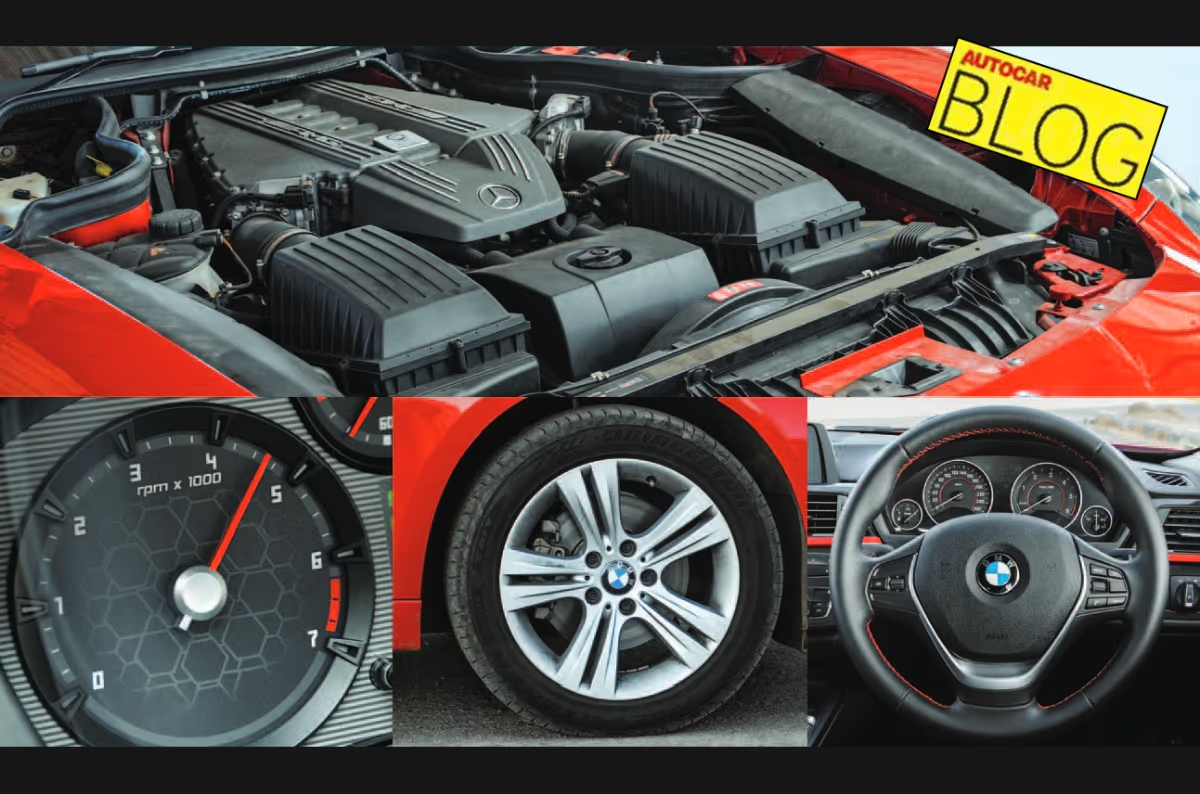Why cars today struggle to deliver a real ‘connected’ driving experience.
Has the automobile peaked? Well, certainly not in terms of technology. These are areas where it is constantly getting better.
However, look objectively at how good cars are to drive today versus how good they were 10, 15 or even 20 years ago, and a clear pattern emerges. Sure, cars today are faster; but are today’s cars better to drive? Are they more involving, more feelsome, more engaging? The easy answer is a big NO.
First up is steering feel and connect. This is relatively easy to relate to, especially in our era of super-light steering wheels engineered to cater to the lowest denominator. And yes, while electric steering systems have come a long way, they are still miles away from most hydraulic units. The problem stems from the fact that the steering’s electric motor delivers max torque almost instantly, smothering any real feel. In contrast, hydraulic units add assistance progressively and reward you with genuine tactile feedback. Every turn of the wheel here communicates a steady ramp up in steering weight; you sense the grip the instant you begin to turn the wheel, and you can even feel the tyres interacting with the pavement as you get into a corner. Today’s weightless and over-assisted systems just don’t stand a chance.
This is true of suspension systems as well as agility. Free from adaptive and electronic control systems, the suspension setup on earlier cars was simpler and not as ride-centric. And this allows for some genuine feel during transitions, such as when you go from one corner to the next. Also, while a modern car’s chassis is stiffer, which is good for grip, they are much heavier, which kills agility. Basically, the further away you go from a go-kart or a super light single-seater, the less driving pleasure you extract from a car.
What also affects feel and connect with the road is insulation. Modern vehicles are engineered to drown out the world outside, and this extra layer also removes us from the driving environment. Without heavy dampening panels, you are more immersed in the experience and more connected to how the car interacts with the road. And this makes for a more textured and granular driving experience.
Then, there’s the engine. 10-15-year-old cars often have naturally aspirated engines that are responsive (no turbos) and deliver power in a broad powerband, with maximum power at the top. This means they make power exactly when you ask for it.
These are just some of the reasons why many cars from this era are likely to continue to shoot up in value. They may not have the flash of modern cars or the tech, but drive a good one today, and you will experience a joy modern cars just can’t deliver. If you can find a good modern car, that is – most automobiles today are SUVs! Remember when cars were specifically made to be fun to drive?
Also see:
Why did these fun to drive cars disappear?
Autocar Track Day: best driver’s cars from 2025 at the CoASTT circuit


